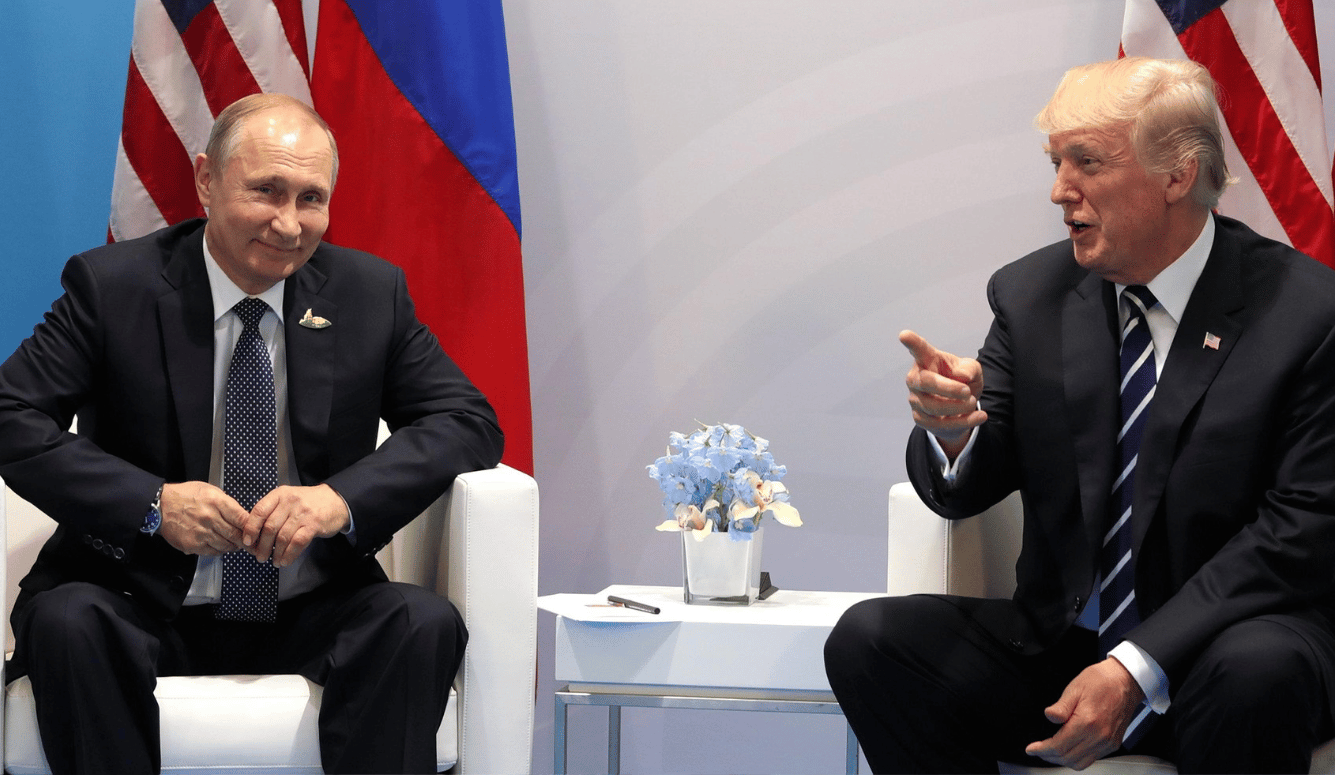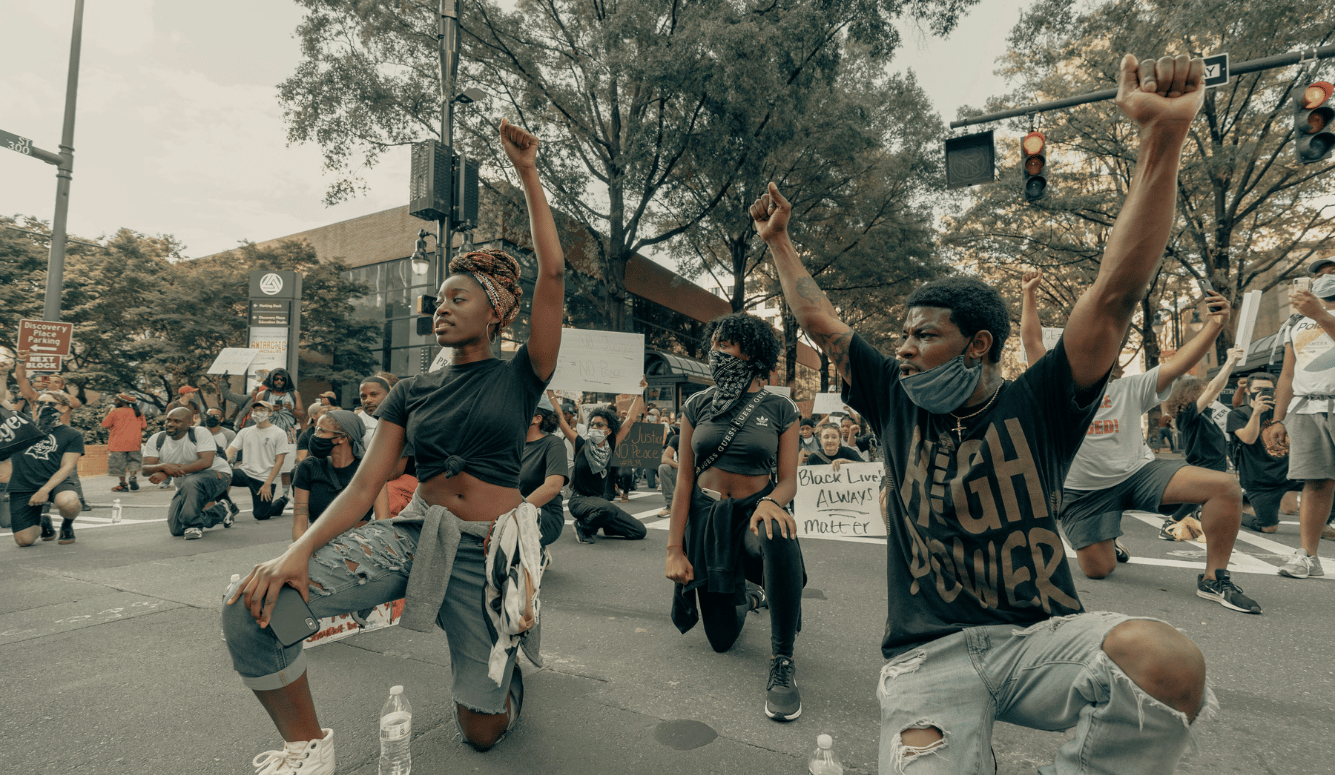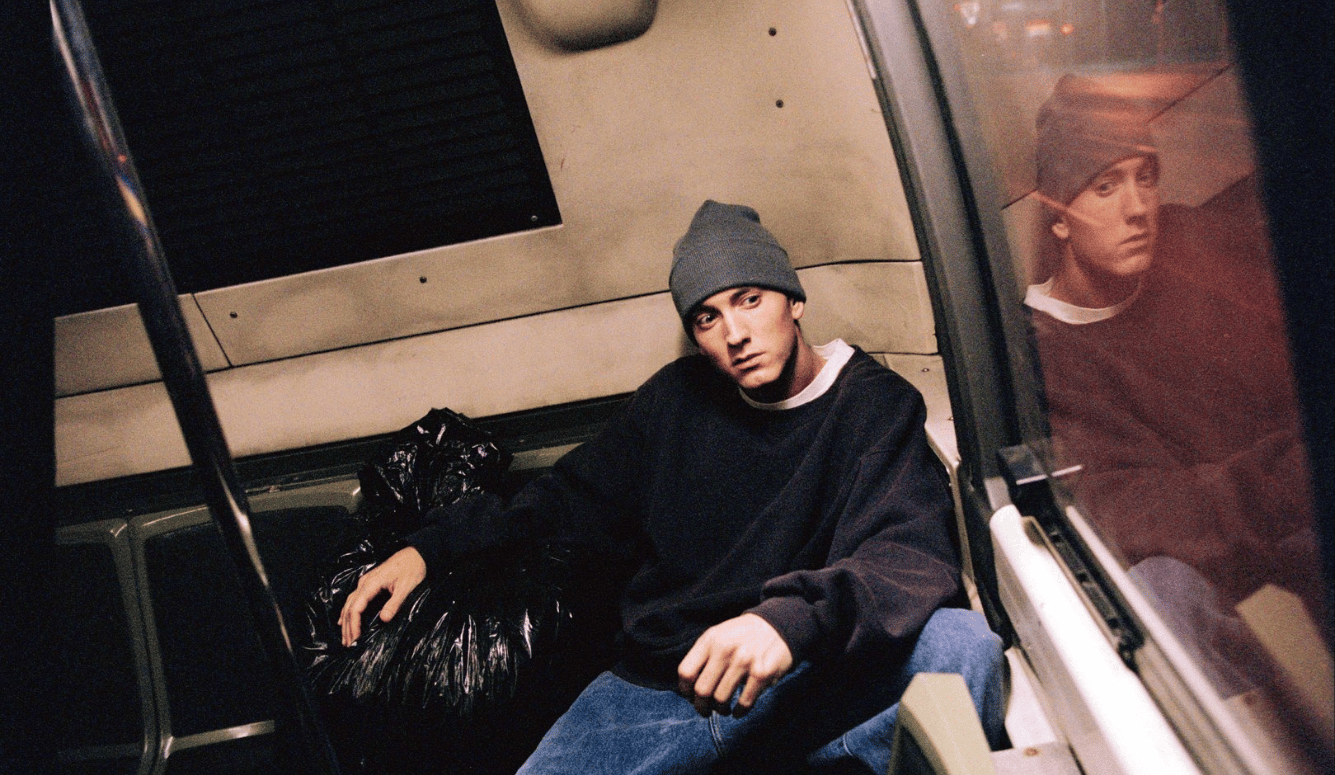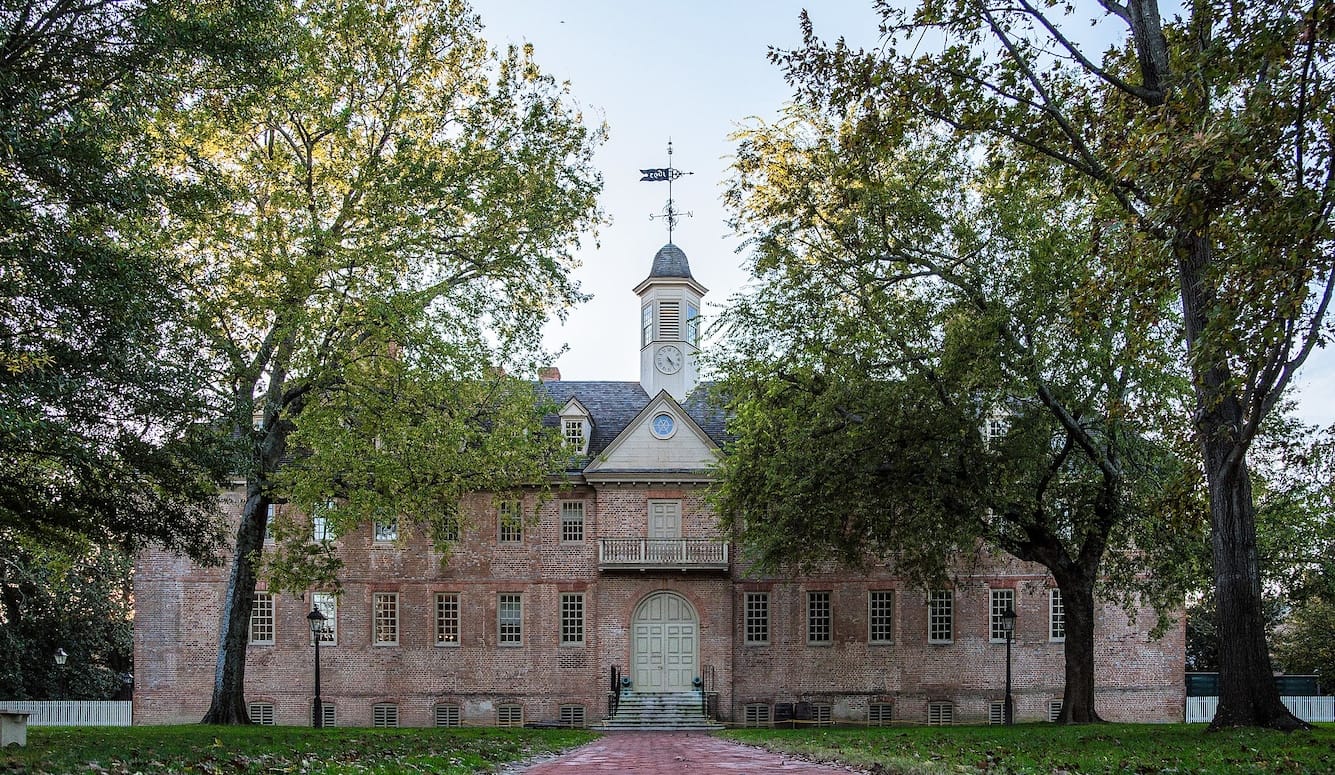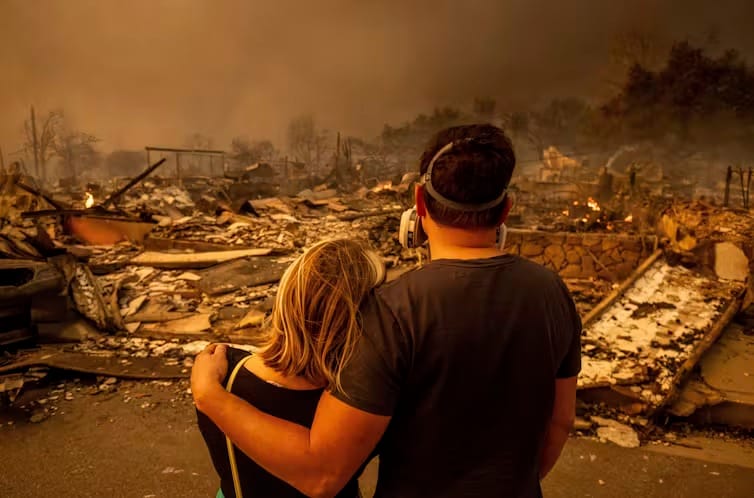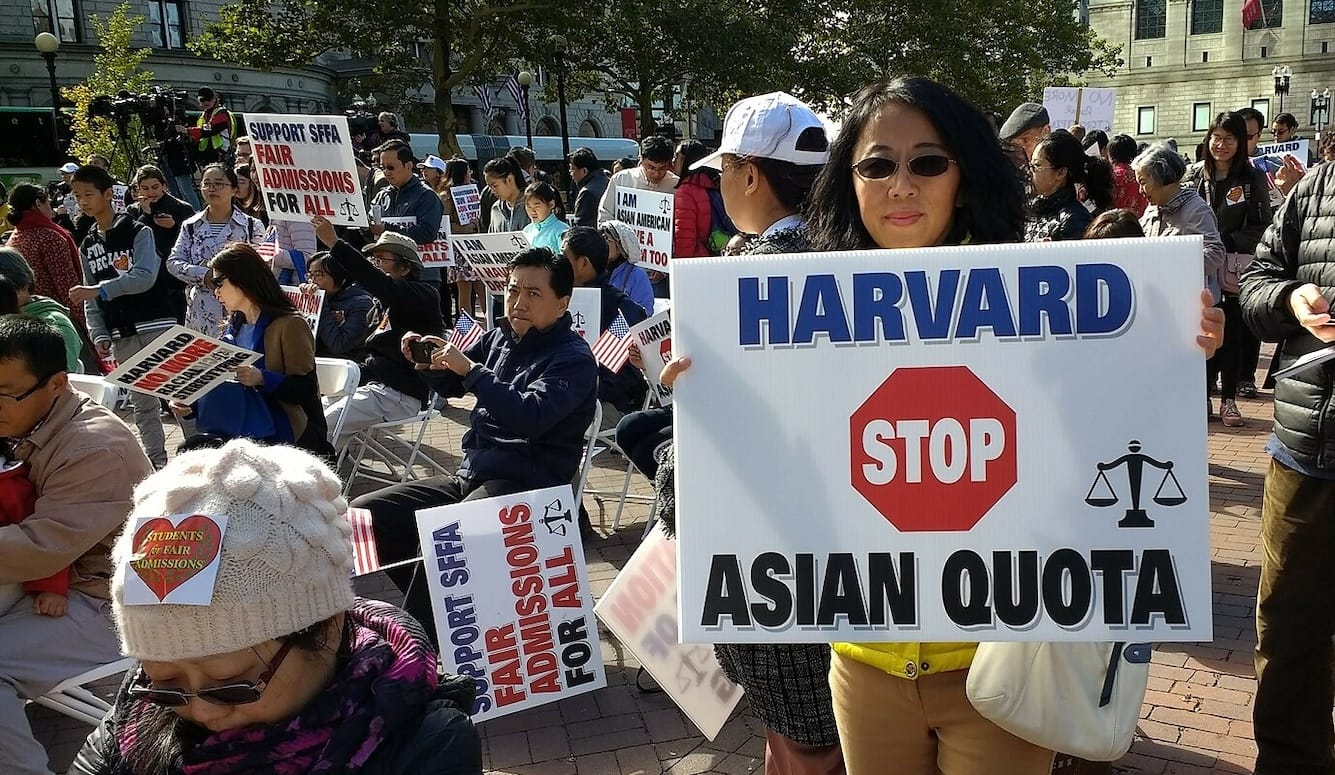The Myth of "Rape Culture" at Columbia University
To say that Columbia has a “rape culture” is not just inaccurate, but it suggests that Columbia somehow is exclusionary not just in terms of academic elitism, but in the number of sexual assaults that happen too.
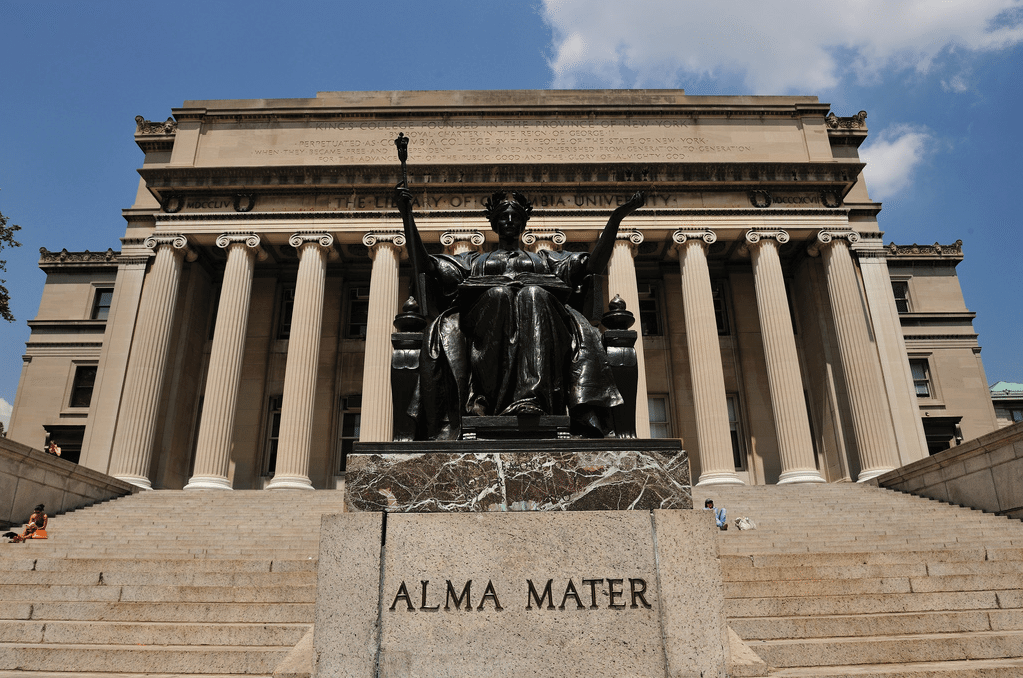
Last year, Columbia University become ground-zero for anti-rape activism when Emma Sulkowicz, then a senior, began carrying her mattress around campus in protest of the University’s failure to expel her alleged rapist. What ensued was a protracted saga that caused reverberations of hysteria and fear on liberal arts campuses across the United States. Here on campus, it was the impetus for a number of rallies for sexual assault survivors. At these rallies, which I attended, fellow students shared stories of assault and admonished the university for condoning “rape culture.”
On campus, the trope of the powerless victim and the depraved predator was propagated relentlessly. Campus activists eagerly proclaimed a number of absurd statements, including that 1 in 5 women will be a victim of rape while on campus, and that drunk women couldn’t consent. As a dilettante activist in a different area of concern, I had a great number of conversations with people involved in anti-rape activism, notwithstanding the rallies I attended.
With Emma Sulkowicz volunteering as tribune to be the face of the nascent anti-rape movement, the campus was swarming with eager journalists. With this, the term “rape culture” entered national discourse. Some activists were admonishing others to sign a petition to help make the campus “SAAFE,” as though we didn’t live in one of the safest cosmopolitan neighborhoods in the world. To the untrained and gullible eye, it could seem like Columbia is a bastion of rape and sexual assault.
However, that’s just not true. To say that Columbia has a “rape culture” is not just inaccurate, but it suggests that Columbia somehow is exclusionary not just in terms of academic elitism, but in the number of sexual assaults that happen too.
Students often cite the over-inflated agitprop statistic that 1 in 5 women will be raped while on campus. That’s false, fallacious at best. Columbia University’s 1 in 5 “sexual assault” survey statistics emerged last year. Unfortunately, the study is ridiculously flawed. The study conflates unwanted touching with rape. Instead of allowing women to decide whether they have been assaulted, the survey decides for them. And it also seems to reduce drunk sex into assault, even when a large portion of all hookups transpire as a result of the boozy social scene, where both men and women drink out of their own volition. The statistic derived from this study is pushed alongside the story of Emma Sulkowicz. And who cares if there’s a difference between “sexual assault” and rape? The statistic is used to fuel activism and attract the sympathy of others.
And in this climate of moral panic, everyone from the victims to the accused lose out.
***
I once found myself at a dinner party off-campus with other students. While I generally consider myself to be resolutely queer, a male Columbia graduate student and I connected strongly with the help of some wine. He regaled me with stories from his travels. I told him about the nonprofit work I was doing, and how I missed the school I transferred from. It should come as no surprise that college students are prone to excessive drinking. After we left the party, I hailed a taxi back to his apartment. The next morning, I a friend of mine got in contact. She wanted to know why I was not with her the previous night. I gave her a synopsis of what happened. She was shocked! And then she asked me if I wanted to be taken to a rape crisis center.
But why? I was befuddled. When I told her that I was okay, she pressed on. It was a quotidian erotic entanglement, aided by free flowing wine and a sense of urgency on both sides. My friend admonished me to hurry to a rape crisis center, but I was fine. If not a little hungover. What I needed was a bottle of water and aspirin, not a trip to the hospital. But because I was having difficulty remembering the details of the night, and because I was drinking, she thought that I was a victim, and that the man I was with was a rapist.
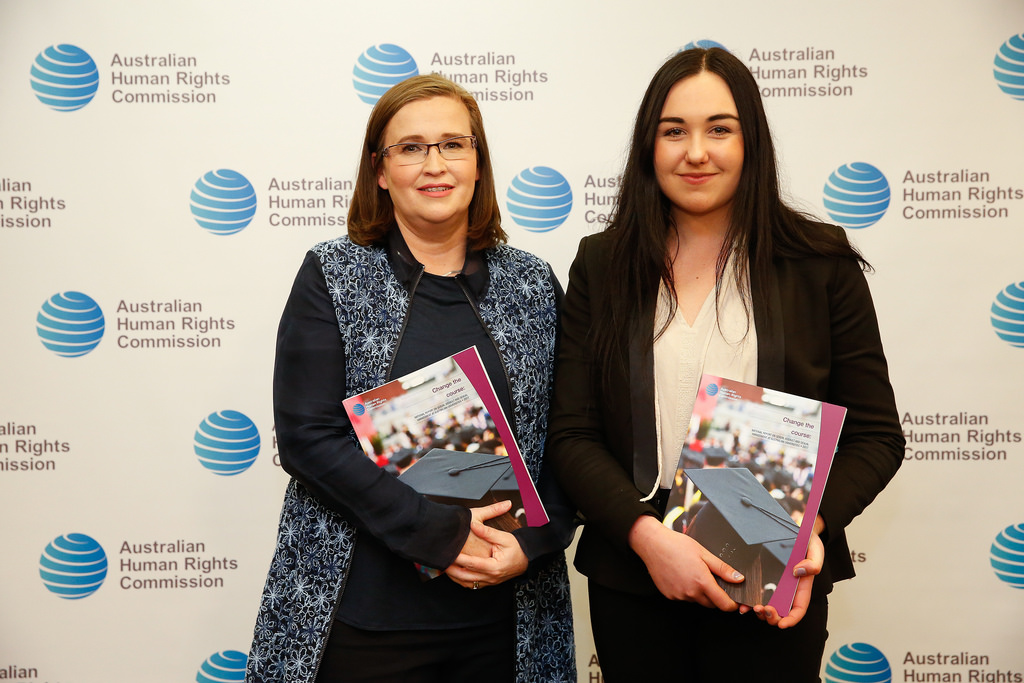
This is one of the problems caused by the pervasive myth of rape culture on campus. The ever-expanding definition of assault is an imperative of some very vocal members of activism. All wrongs must be recognized, they cry. If I was perhaps more gullible, this person might have just been able to convince me that a major sexual transgression had occurred.
***
Well-meaning victimhood and oppression-minded students attempt to draw the line between consensual sex and rape somewhere. However, in doing so, they destroy the possibility to have a murky “no fault” sex category for whiskey inspired romps, poor communication, and the classic sentiment of “I didn’t want to, but I didn’t say no.” Campus rhetoric posits that the lines of consent is never up for debate. Because of this, there is a cultural imperative to either consider sex good, or assault.
Men are tried in campus kangaroo courts. Sometimes, men don’t even get a fair trial. Campus tribunals, which were never designed to handle criminal cases, are the ultimate, though fallible, arbitrators of justice. And if the campus tribunal can’t handle the case, the alleged perpetrator may find his name scrawled on the bathroom wall or written online. The moral imperative to support survivors here at Columbia has even resulted in a few student groups adopting “treat the allegation as true” policies, even in the absence of any evidence. Though I recognize that there indeed are instances of atavistic predators stalking parties and waiting for a chance to slip a young woman drugs—the relative majority of the instances I’ve heard about have involved parties that were both drinking, which makes sense. Not to say that rape doesn’t happen when alcohol is involved; however, I’m more cautious to ascribe the status of “criminal” to someone when I know how easily communication signals could have gotten mis-sent.
Anti-rape activism and the rape culture hysteria demand paternalistic administrators to insert themselves into the morass of “he said, she said” accounts of sexual encounters. It asks not women to decide what consent is, but demands that administrators and researchers figure it out for us. Propagating the notion that Columbia is a bastion of rape and that 1 in every 5 students are attacked is not just bad activism, but it hurts the very people who are true victims of rape who are trying to be taken seriously.
“Rape culture” is a horrific perversion of feminist claptrap theory, wantonly applied to describe any liberal arts college you can find young bourgeois white women residing. Rape is a real problem. It deserves real statistics, real investigations, due process, and compassion—not inflammatory rhetoric and an over-expanded definition of what constitutes a crime.


